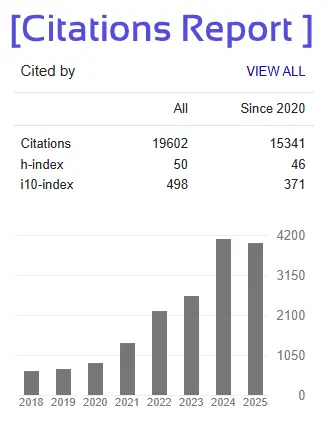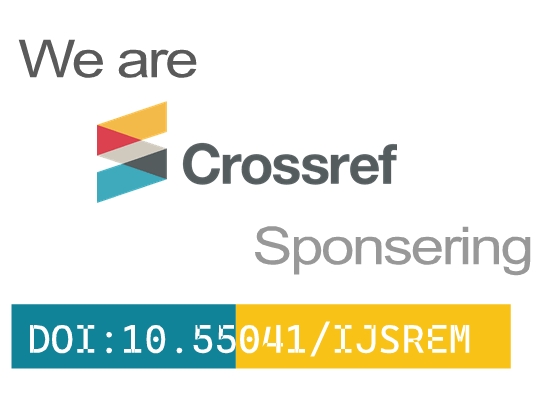Intelligent Sla Selection Through the Validation Cloud Broker System
K. Bhuvaneshwar, Ravindra Changala
PG Scholar, Department of Science & Engineering, Guru Nanak Institutions Technical Campus Hyderabad.
Associate Professor, Department of CSE, Guru Nanak Institutions Technical Campus Hyderabad.
23wj1d5801@gniindia.org
ABSTRACT:
Because cloud computing offers pay-per-use, scalable, and flexible access to computing resources like servers, storage, and apps, it has revolutionized the delivery of digital services. Geographically dispersed data centers are used in this concept to improve service delivery and dynamically modify Service Level Agreement (SLA) pricing in response to demand. Nonetheless, efficient resource allocation techniques continue to be difficult, particularly when it comes to guaranteeing low latency and quick execution in interactive services and real-time applications. Performance degradation brought on by increased data center load can affect expenses and output. In order to tackle these difficulties, we created the Intelligent Validation Cloud Broker System (IVCBS). employs a mathematical model in line with the fuzzy logic trapezoidal membership function to categorize virtual machine (VM) resources and match them with user request sizes. This increases the accuracy of decision-making and decreases fuzzy rules. Eleven different AWS General Purpose EC2 specification types were tested in 31 data centers located in different geographies. Two policies—optimize response time and dynamically reconfigure load—were used to implement and compare IVCBS with a traditional method. The results demonstrated that the IVCBS with optimized response time policy performed better in terms of total VM cost, data center processing, and overall response time. By effectively allocating virtual machines (VMs), controlling workload distribution, and avoiding data center overload, IVCBS tackles issues with scalability and performance. Maintaining good quality of service (QoS) and energy optimization requires reducing the average data center request serving time.







